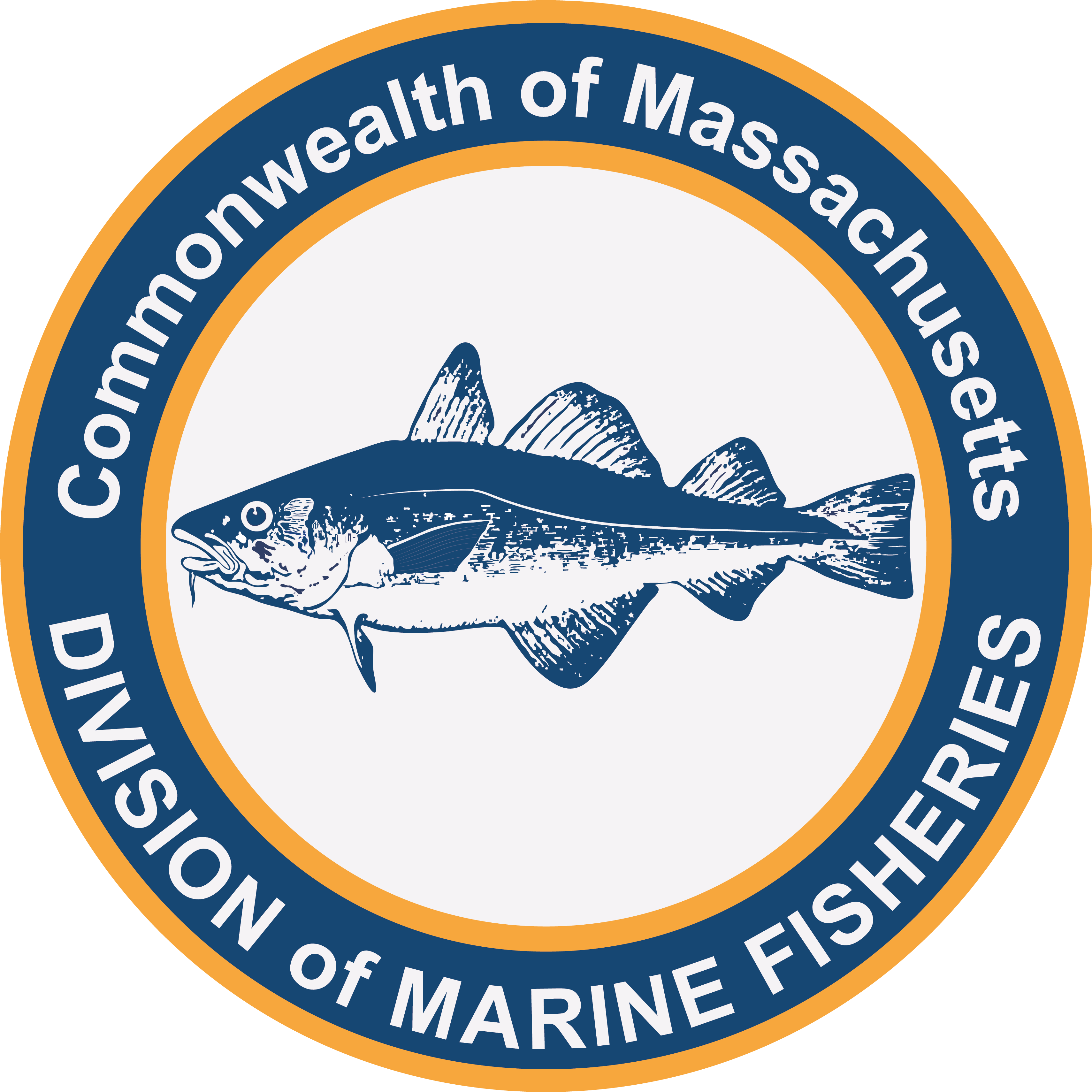- Division of Marine Fisheries
Eelgrass (Zostera marina) is a marine plant that grows predominately in shallow sandy areas along the coast where it forms lush, vibrant green meadows teaming with life only a few feet beneath the water’s surface. Indeed, self-sustaining, resilient eelgrass beds are one of the most important coastal marine ecosystems because of the many valuable, well documented ecosystem functions they provide: not only creating habitat for numerous marine species including commercially and recreationally important fish and invertebrates, but also storing carbon, buffering wave energy, and stabilizing sediments. However, eelgrass’s preference for estuaries and bays puts it in close proximity to humans, who likewise prefer to live and recreate in these same coastal areas. When human activities—from recreational boating to development to greenhouse gas emissions—result in physical disturbance of the seafloor (e.g., boat moorings), poor water quality (e.g., nitrogen loading), or ocean warming, these underwater meadows are among the first to suffer. Unfortunately, over the last 30 years, these stressors have resulted in half of Massachusetts’ eelgrass meadows—roughly 18,000 acres worth—disappearing.
Given the extent of eelgrass degradation in Massachusetts, it is widely recognized that eelgrass restoration is necessary to recover lost ecosystem services. Yet, most eelgrass restoration efforts in Massachusetts have not resulted in self-sustaining, resilient eelgrass beds. The rare successes are limited to a few acres, orders of magnitude below the thousands of acres of eelgrass lost, and the resilience of these restorations to future impacts of climate change is uncertain. To date, restorations have predominately relied on transplanting eelgrass plants, a method that is time- and labor-intensive, and requires the ability to work underwater, making it inaccessible to many. Critically, in terms of success, transplanting is limited in scale and scope and is poorly suited to incorporating promising climate resilient management strategies such as “assisted migration” (i.e., strategic relocation of a species based on genetic traits that make it more likely to thrive in certain environmental conditions). This is because eelgrass plants are: 1) sensitive to handling and cumbersome to transport, and 2) difficult to clean of epibionts, parasites, and other hitch-hiking species that may pose a risk to natural eelgrass beds and other marine habitats when spread among locations.
The use of eelgrass seeds (i.e., seed-based restoration) offers an alternative approach with the potential to meet the scope and scale of restoration needed to counteract eelgrass loss in Massachusetts. Such restoration efforts in the mid-Atlantic have found that recovering large areas of eelgrass can be accomplished effectively by dispersing negatively buoyant eelgrass seeds. Further, the capacity to store eelgrass seeds for months, clean them of epibionts and parasites, and their small size and hardiness relative to eelgrass plants allows greater flexibility in adjusting planting schedules, minimizes the risk of spreading unwanted organisms among locations, and makes transport between relatively disparate sites manageable—all characteristics which make restoration with eelgrass seeds an ideal choice to incorporate climate resilient strategies and scale-up effort.
To recover even a fraction of the eelgrass meadows lost in Massachusetts, seed-based eelgrass restorations will need to plant many millions of seeds over a number of years. While efforts are ongoing to produce seeds through eelgrass nurseries, they are at a nascent stage and are not currently capable of supplying enough eelgrass seeds for restoration. Thus, seed-based eelgrass restoration, at least initially, will need to rely on seeds produced by natural eelgrass meadows. However, information that is necessary to implement seed-based eelgrass restoration successfully and sustainably here in the Commonwealth, such as how many seeds eelgrass meadow produce on an annual basis and when they can be collected, is currently lacking. To address this knowledge gap, DMF in partnership with eelgrass restoration practitioners and researchers across the state and region, funded by the Environmental Protection Agency’s Southern New England Program and the Woods Hole Oceanographic Institution Sea Grant Program, are diving under the water to document the timing and density of mature eelgrass seeds in eelgrass meadows from Cape Cod and the Islands to Salem Sound and Cape Ann and many locations in between. Ultimately, the findings of this effort will be used to guide how seeds produced by remaining eelgrass meadows can be best utilized to recover what has been lost.
By Forest Schenck, PhD, Habitat Program Biologist
